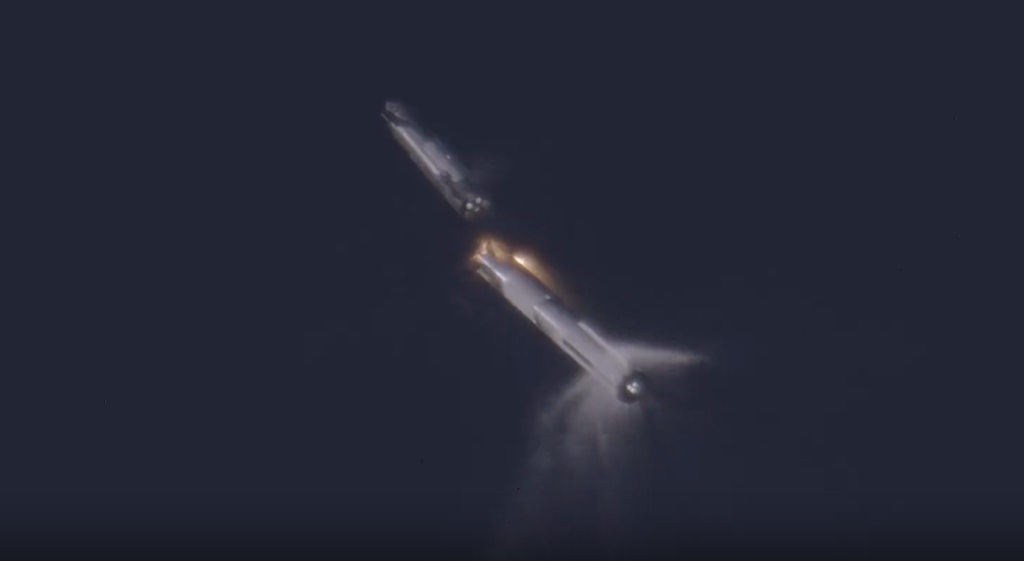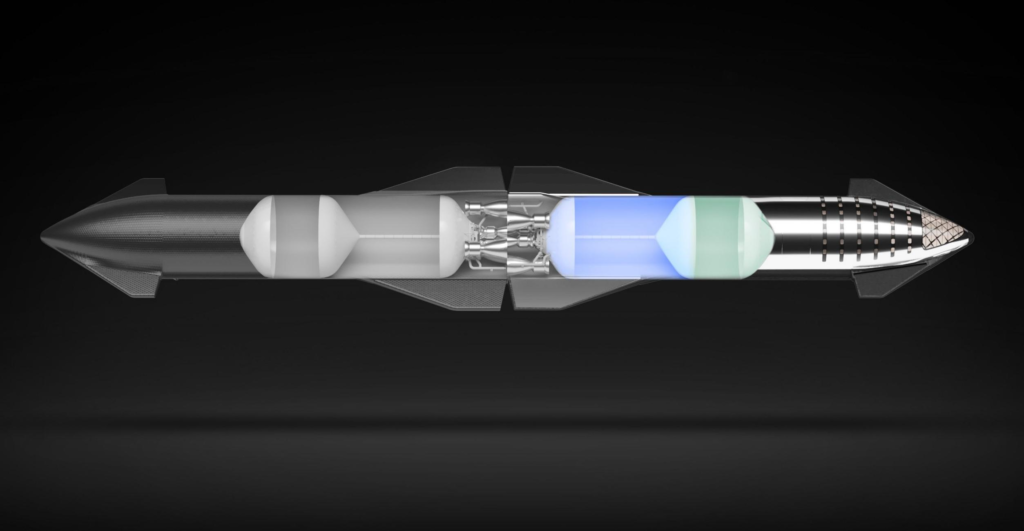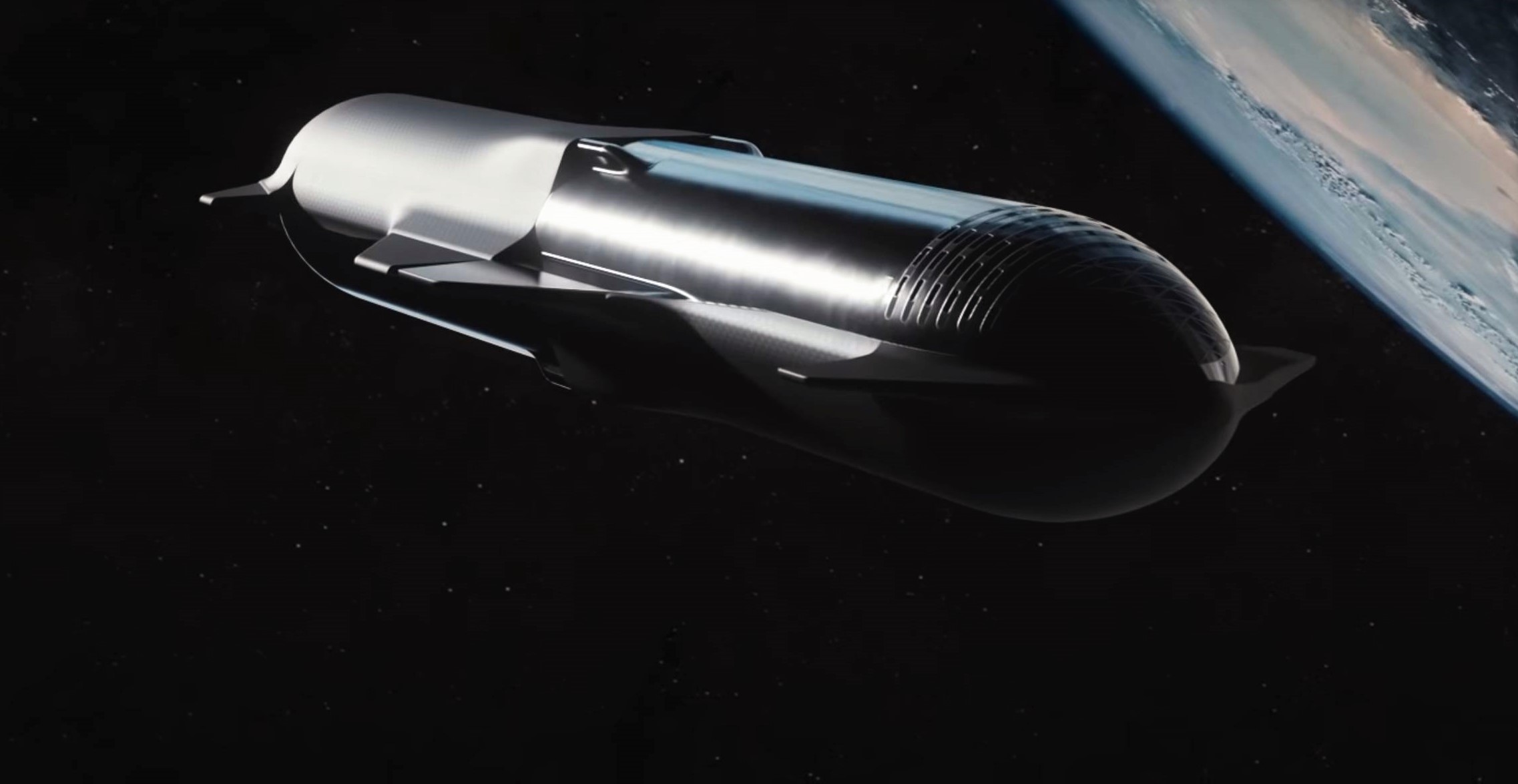
New Details On SpaceX’s Third Starship Flight Test
As SpaceX continues to prepare for Starship’s next launch, we are learning more about its flight profile and specific mission plans. This includes new reports that the third flight will include a propellant transfer demonstration. That would be a significant step in Starship’s development and also require the vehicle to successfully enter its coast phase around the globe.
This would also be an important development toward the vehicle’s lunar lander progress which has been a topic of concern lately. All this being said, the propellant transfer planned for the next flight is likely a lot simpler than the future plan with multiple vehicles in orbit. Here I will go more in-depth into the next flight’s plan, the propellant transfer process, vehicle progress, and more.
Propellant Transfer
Yesterday, during a presentation, the NASA Assistant Deputy Associate Administrator included a slide in their presentation about Human Landing System Activities. It first cited a few activities that SpaceX completed including Raptor vacuum engine testing in space-like conditions. It then said, “Completed their second Starship flight test and are moving quickly to their third, which will include a propellant transfer demonstration.” Starting on Artemis III, SpaceX is responsible for providing a Starship lunar lander that will rendezvous with Orion in lunar orbit before landing on the surface of the Moon. However, before SpaceX’s lunar lander can reach the Moon, it needs to complete multiple propellant transfers in Earth orbit.
Just recently the GAO released a report and highlighted that there still is a lot of work left in this specific area. In a statement, they said, “SpaceX plans to conduct the in-space Propellant Storage and Transfer test to further mature the technology, but the timing of this test is dependent on successful completion of preceding flights. SpaceX representatives said that the fundamental propellant transfer technology is not new or unique but requires engineering time and development effort to fully design and test for eventual use in the Artemis III mission. If the docking hardware does not perform as expected during spaceflight testing, significant vehicle modifications may be required, which could delay the mission. HLS officials said that SpaceX must demonstrate these technologies prior to completing the critical design review to promote confidence in the mission concept of operations” they said.
Focusing back on the NASA presentation and mention of a propellant transfer demonstration on the next flight, SpaceX could begin to gather data on this process. While nothing is necessarily confirmed, we can assume this upcoming third flight test and demonstration simply involves the process of transferring propellant between the main tank and header tanks while Starship is coasting. In other words unlike the end goal, we aren’t expecting to see Starship rendezvous with another vehicle in orbit on the third flight test. In reality, it should have an almost identical flight profile to both the first and second integrated flight tests.
In the grand scheme of things, there are multiple key systems related to the propellant transfer capability that SpaceX plans to develop for the human landing system. Those systems include docking sensors and mechanisms (to identify, locate, and then physically align the HLS Starship and the tanker Starship for fluid transfer); propellant measurement (to gauge the amount of propellant in the tanks and how much was transferred); and storage capability to mitigate fuel loss in space. With this in mind, SpaceX still has a lot to learn and test even without docking to another vehicle. If they can start this process on the next flight test, it will help them gather data and prepare for the eventual real thing.
It’s also important to point out that this propellant transfer demonstration will only happen on the next flight if the upper stage successfully separates from the booster and begins its coast phase. On the last flight test, the two stages managed to separate and the upper stage nearly completed its burn before it was destroyed. SpaceX is hoping to use the information gained from this test flight to improve the system and make it all the way to Hawaii on the third flight.
SpaceX Progress

A few years ago, NASA awarded SpaceX a large contract aimed specifically at propellant transfer in orbit. Specifically, the award worth $53.2 million is meant for a “large-scale flight demonstration to transfer 10 metric tons of cryogenic propellant, specifically liquid oxygen, between tanks on a Starship vehicle. At the time the NASA administrator commented, “When we think about companies like SpaceX and the Starship, their architecture is heavily reliant on the ability to transfer cryogenics in low Earth orbit for the purpose of taking a system all the way to the moon. Their system, in fact, doesn’t appear to require a fuel depot around the moon. Their system would require a fuel depot in orbit around the Earth” he said.
Eventually, we will see two Starship upper stages, one likely modified, attempting to meet and transfer propellant while in orbit. This process is technically possible on the third flight’s path which doesn’t reach orbit but is not very likely. In reality, we probably won’t see these full attempts until SpaceX is consistently reaching orbit with Starship.
Assuming the flight goes perfectly, there is right around 90 minutes of time between the upper stage engine cutoff and reentry near Hawaii. That is enough time to perform this demonstration among other activities.
Looking back at the GAO’s report they said, “SpaceX has remaining technical work to develop its on-orbit propellant storage and transfer technology. HLS program documentation states that propellant storage and transfer technologies have not previously flown in an integrated propulsion-like system.” Interestingly, the document also states that “NASA officials said that the in-space propellant transfer test will be delayed because it requires SpaceX to demonstrate that the Starship vehicle can reach orbit. Likewise, HLS officials told us that the Starship tests are sequentially linked, so future test flights, including the uncrewed flight test, depend on SpaceX successfully completing both the Orbital Flight and in-space propellant transfer tests” they said.
The plan for the Artemis III mission gives a better idea of the exact developments the company needs to make. First, the propellant depot will be launched to low-Earth orbit, followed by multiple tankers that will rendezvous with, dock to, and transfer propellant to the depot. Next, once sufficient propellant is on-orbit, an uncrewed HLS Starship will launch into low-Earth orbit, then rendezvous with and dock to the
depot. The depot will transfer its propellant to the HLS Starship. The HLS Starship will then perform a rapid transfer into near-rectilinear halo orbit, where it will loiter for up to 90 days to confirm vehicle health and await the launch and arrival of Orion (the 90-day time frame is to accommodate any potential Orion or SLS launch delays).
Orion will then launch with crew on board and dock with the HLS Starship. Two astronauts will transfer from Orion into the HLS Starship, which will descend to the lunar surface for a 6.5-day stay; and finally, once the lunar surface activities, including moonwalks, are complete, the HLS Starship will ascend back to near-rectilinear halo orbit, where the crew will transfer back to Orion for their return to Earth.
Due to some delays, this plan among others within the Artemis III mission profile are at risk. The GAO commented that as of September 2023, NASA and SpaceX also planned to complete Flight Readiness Reviews for the depot, tanker, and lander versions of the Starship within the same 9- month period before Artemis III. They then said, “NASA and SpaceX will have less time to address any issues identified during these reviews before the mission. SpaceX representatives told us the three flight readiness reviews will always occur within the same length of time to support the Artemis III mission due to the nature and cadence of reviews. Any additional delays to these key events will compound the schedule pressure on NASA and SpaceX.”
While some are concerned about SpaceX’s timeline, the company is still continuing to work on Starship hardware and the third flight test. Right now the company is aiming for the flight to happen in just a few months sometime in early 2024. A launch between February and April seems like a realistic timeframe based on the work still left. Booster 10 and Ship 28 still need to be static fired, tested, etc. Thankfully the pad is in good shape and will be ready soon. The company is also expecting a lot less resistance from the FAA and other agencies due to the improved launch results and lack of pad damage. All of which is supporting a launch within a couple of months rather than half a year plus. We will also see some new technology and an improved system thanks to the flight data gathered on the most recent test. Something to look forward to in the near future.
Conclusion
SpaceX is planning to test propellant transferring on the next Starship flight test. This likely will be just between the tanks of a single vehicle but still an impressive milestone if successful. We will have to wait and see how it progresses and the impact it has on the space industry.

